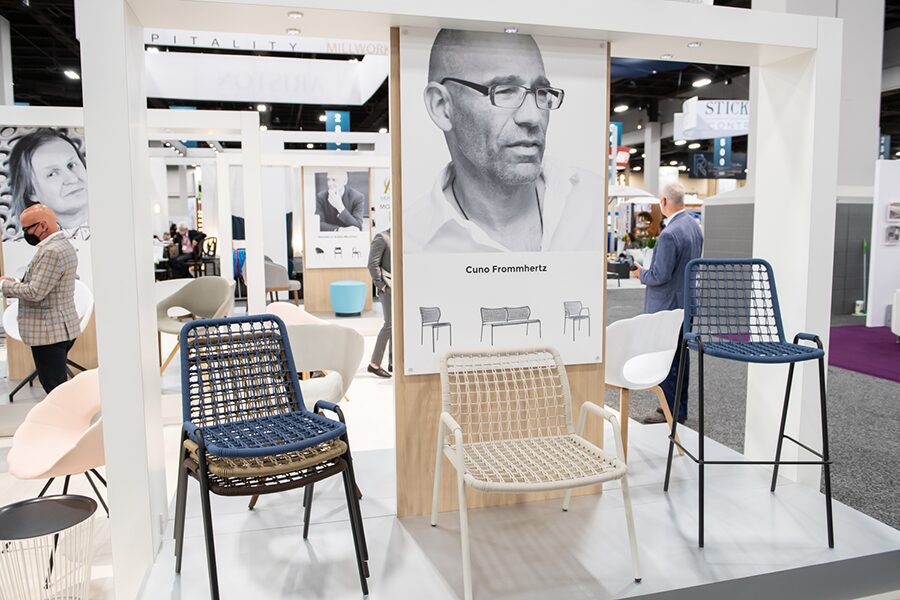India’s supply of rooms in the organized sector has almost quadrupled to over 93,000 at the end of 2012-2013, according to the 18th edition of the India Trends and Opportunities Report from HVS.

Despite supply growing at 17.8 percent, demand kept pace and grew at 17.3 percent between 2008- 2009 and 2012-2013. Budget and mid-market hotels are increasingly forming a larger percentage of the total inventory and now account for nearly half of all existing hotel rooms and close to 60 percent of the future supply in the country.

In 2012-2013, only 5 percent of the hotels attained an average rate of over $200 and no city hotels in the country attained an average rate in excess of $300. The nationwide RevPAR recorded a 5.2 percent drop over the previous year with the 5-Star segment registering the maximum decline.

Mumbai has the highest existing supply of branded rooms in the country (12,807), followed closely by Delhi (11,338) and Bengaluru (8,536). NOIDA continued to rank last amongst the 13 major markets, with an existing base of only 836 branded rooms. Kolkata emerged as the best performing hotel market in terms of occupancy, while Mumbai registered the highest average rate and RevPAR.

“Clearly, India does not have a demand problem! In the 18 years of data we have amassed at HVS, we have seen demand drop only once, in late 2008, due to the collapse of the global economy following the Lehman debacle and then due to the terrorist attacks on Mumbai,” says Kaushik Vardharajan, managing director of HVS Global Hospitality Services, South Asia. “Since then, demand has surged again. We would venture to say that irrespective of what you are selling and where you are selling it, if demand for your product increased more than 17 percent ever year on an average during the global financial crisis, then you are in the right market selling the right product!” 

A little over 50,000 branded rooms will be developed over the next five years, taking the total supply to about 144,000 rooms by 2017-2018.


